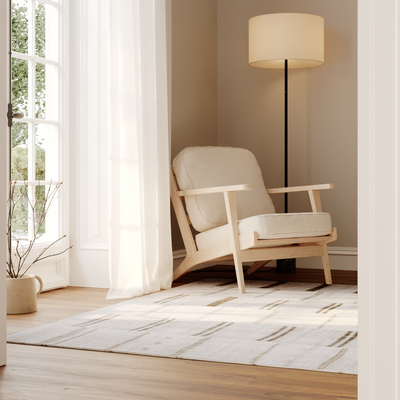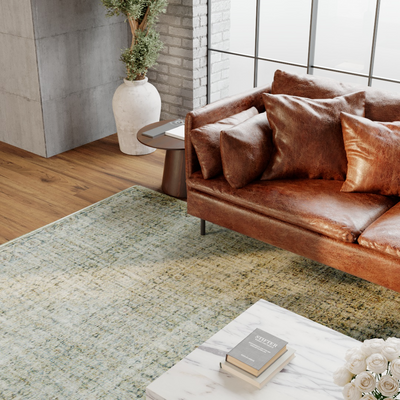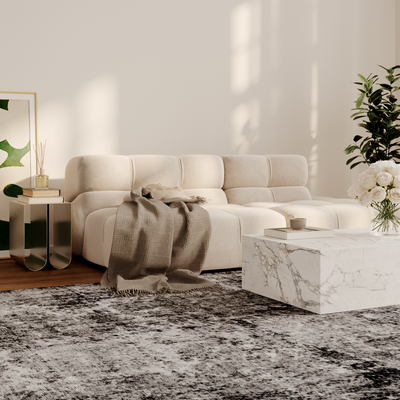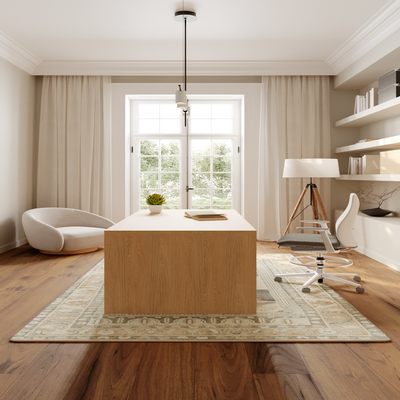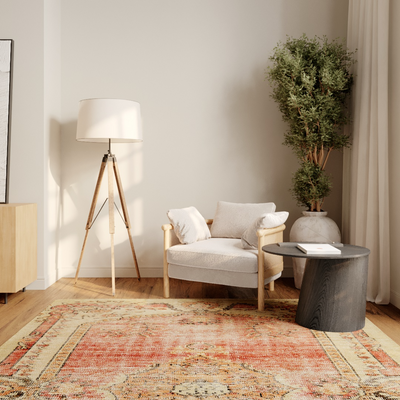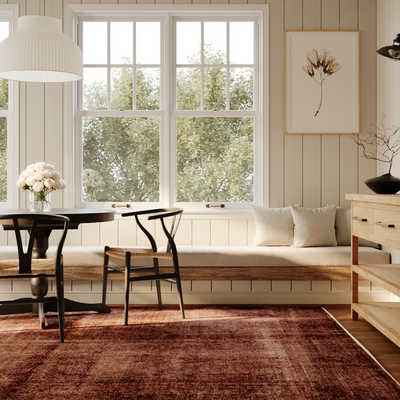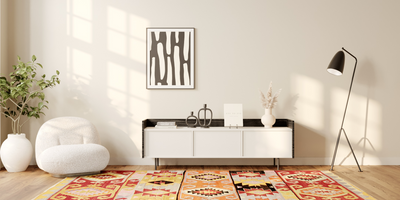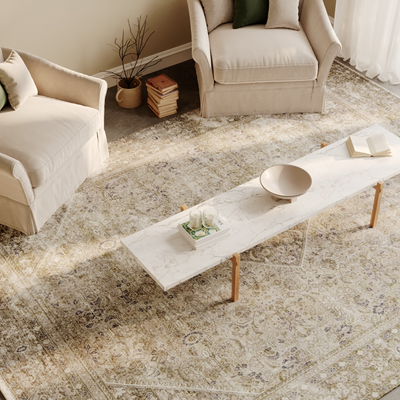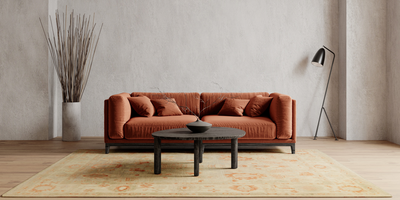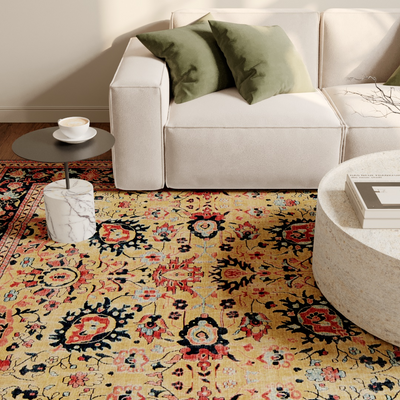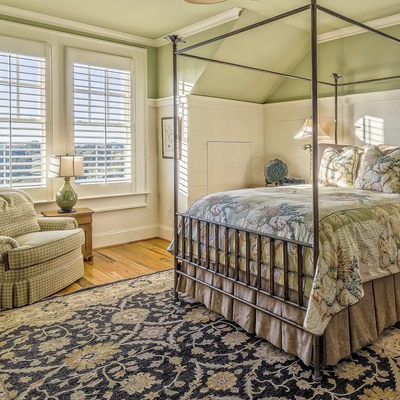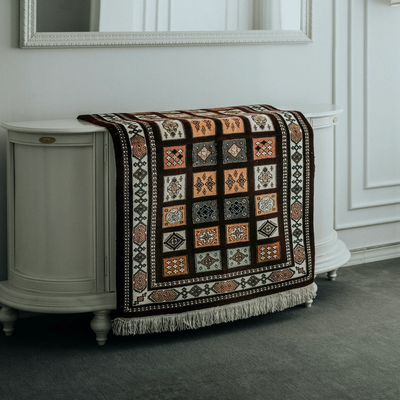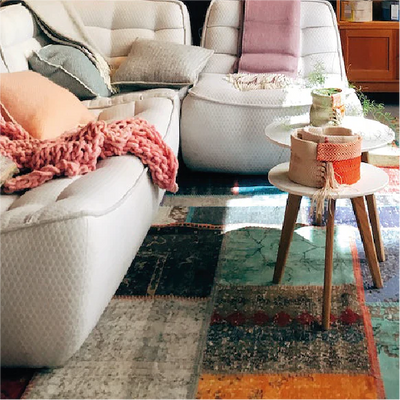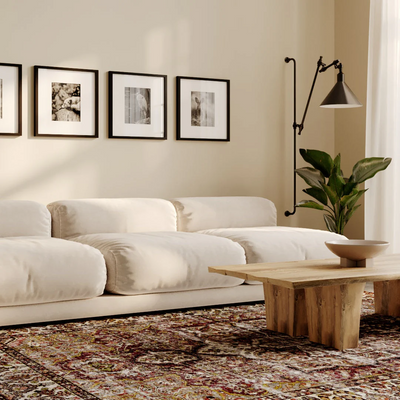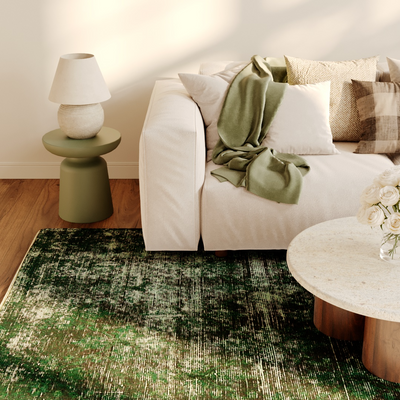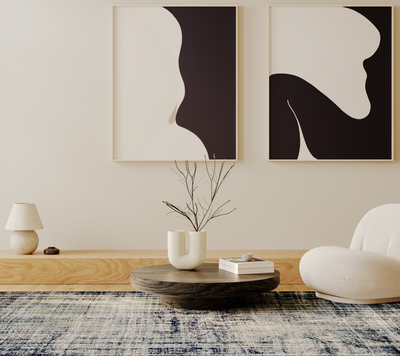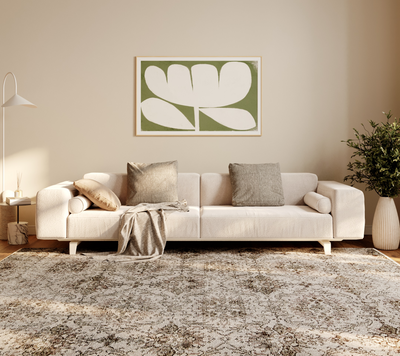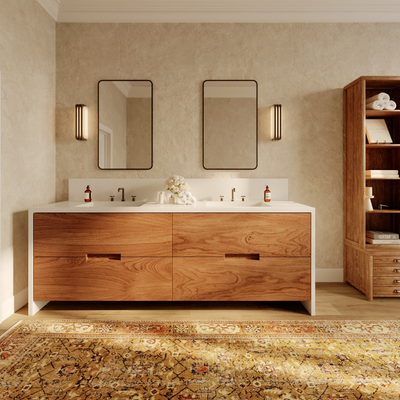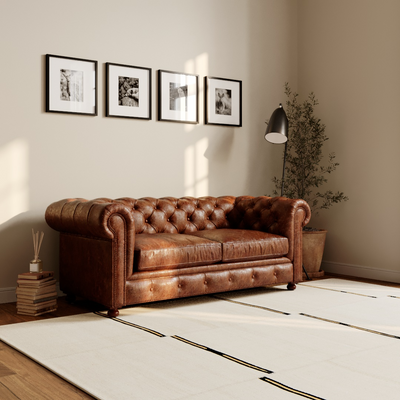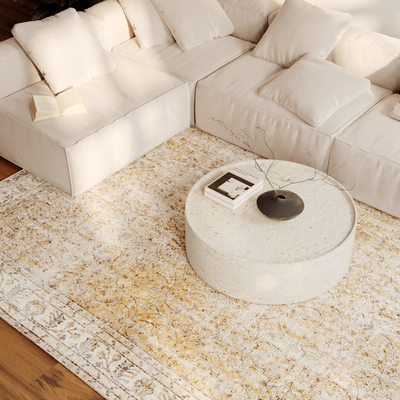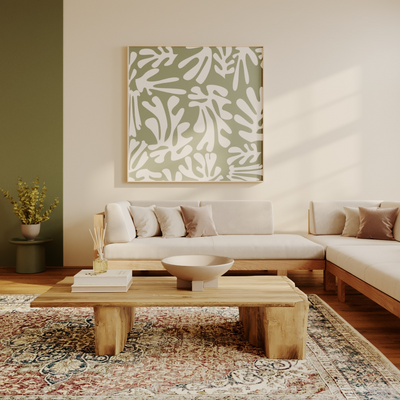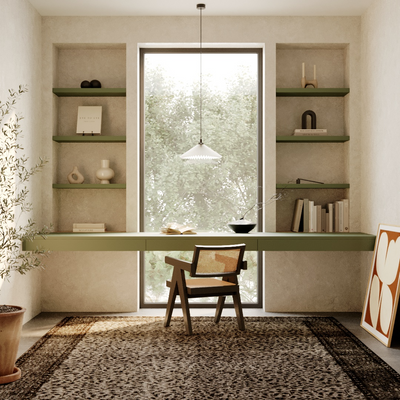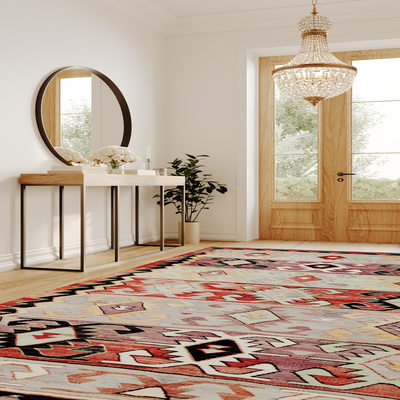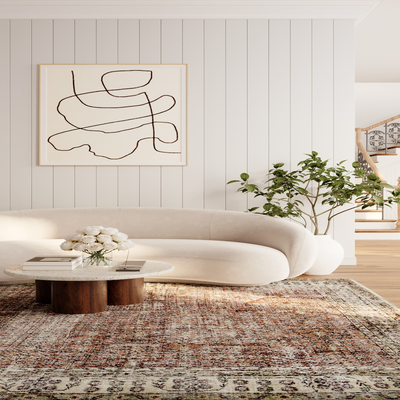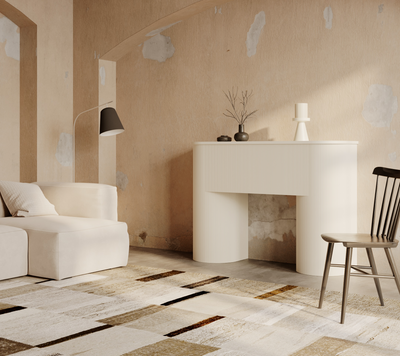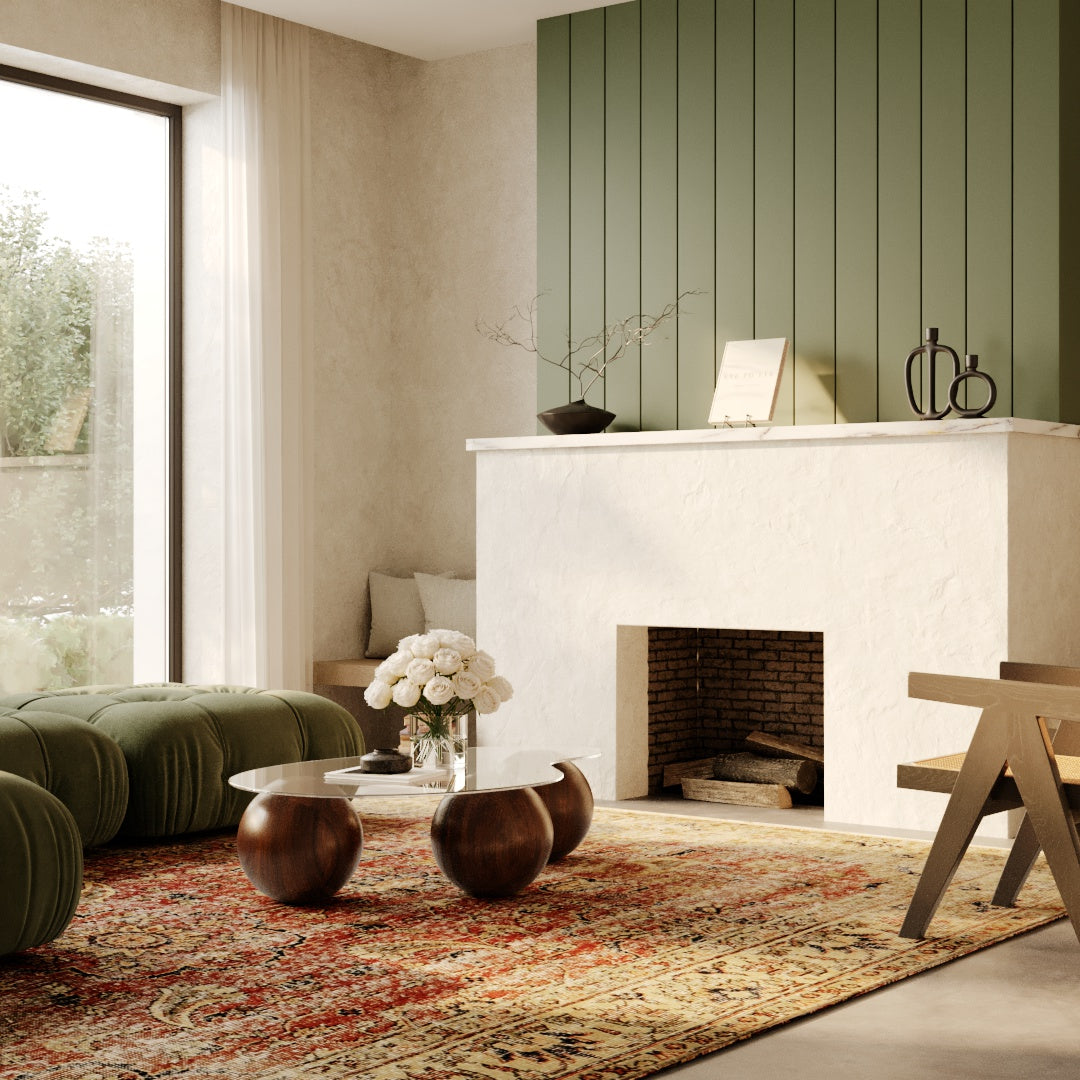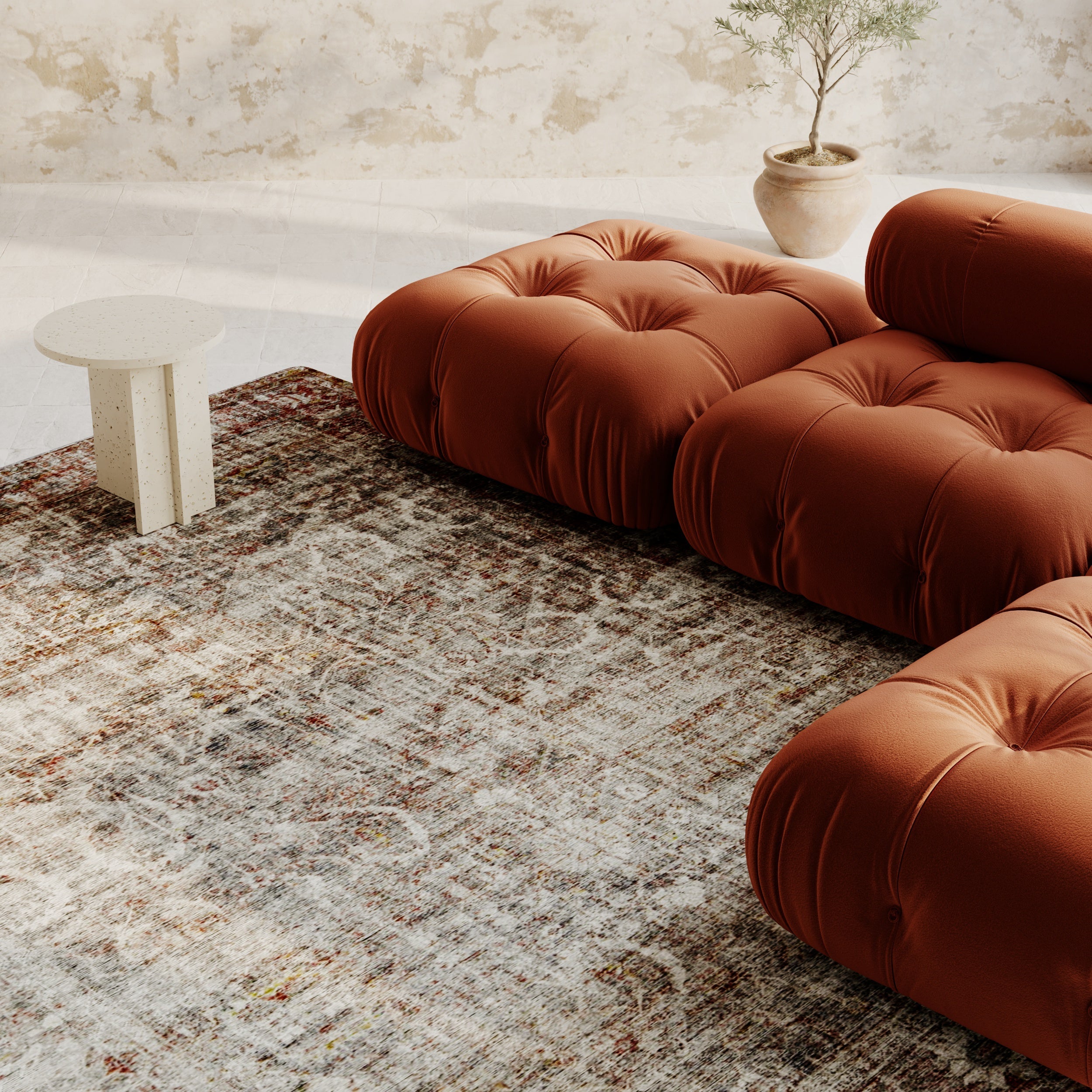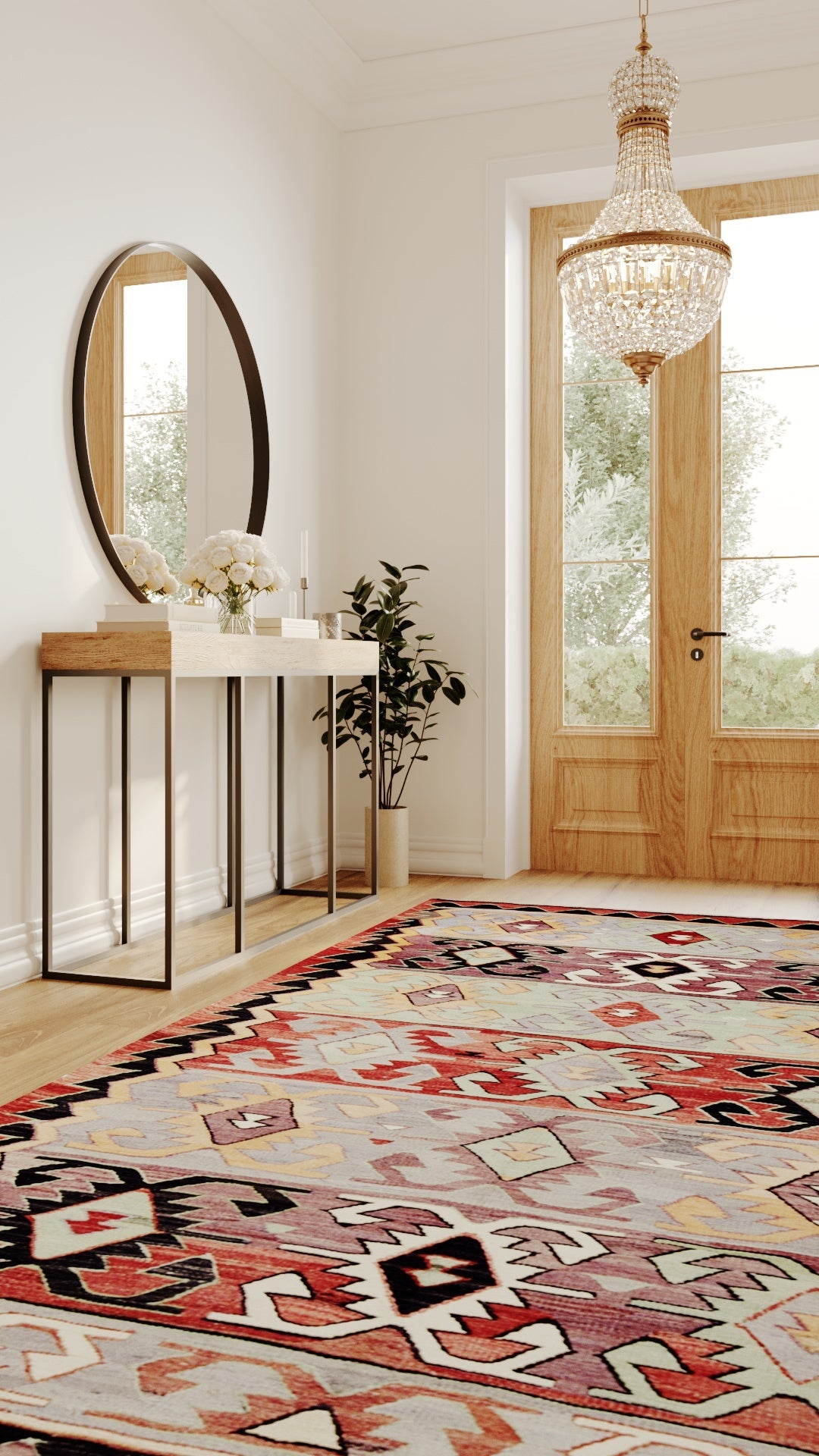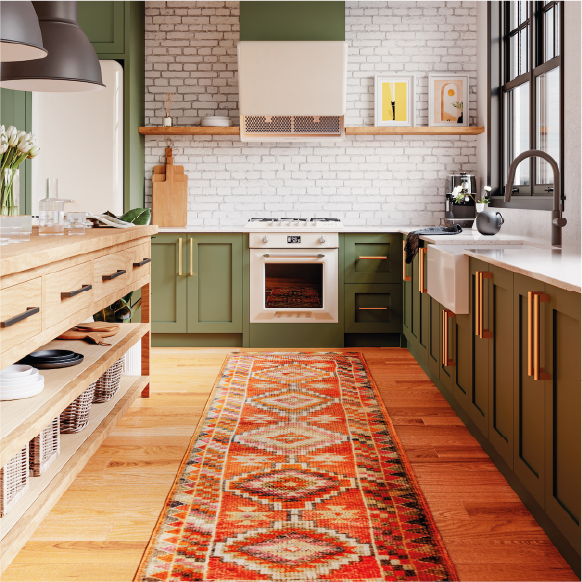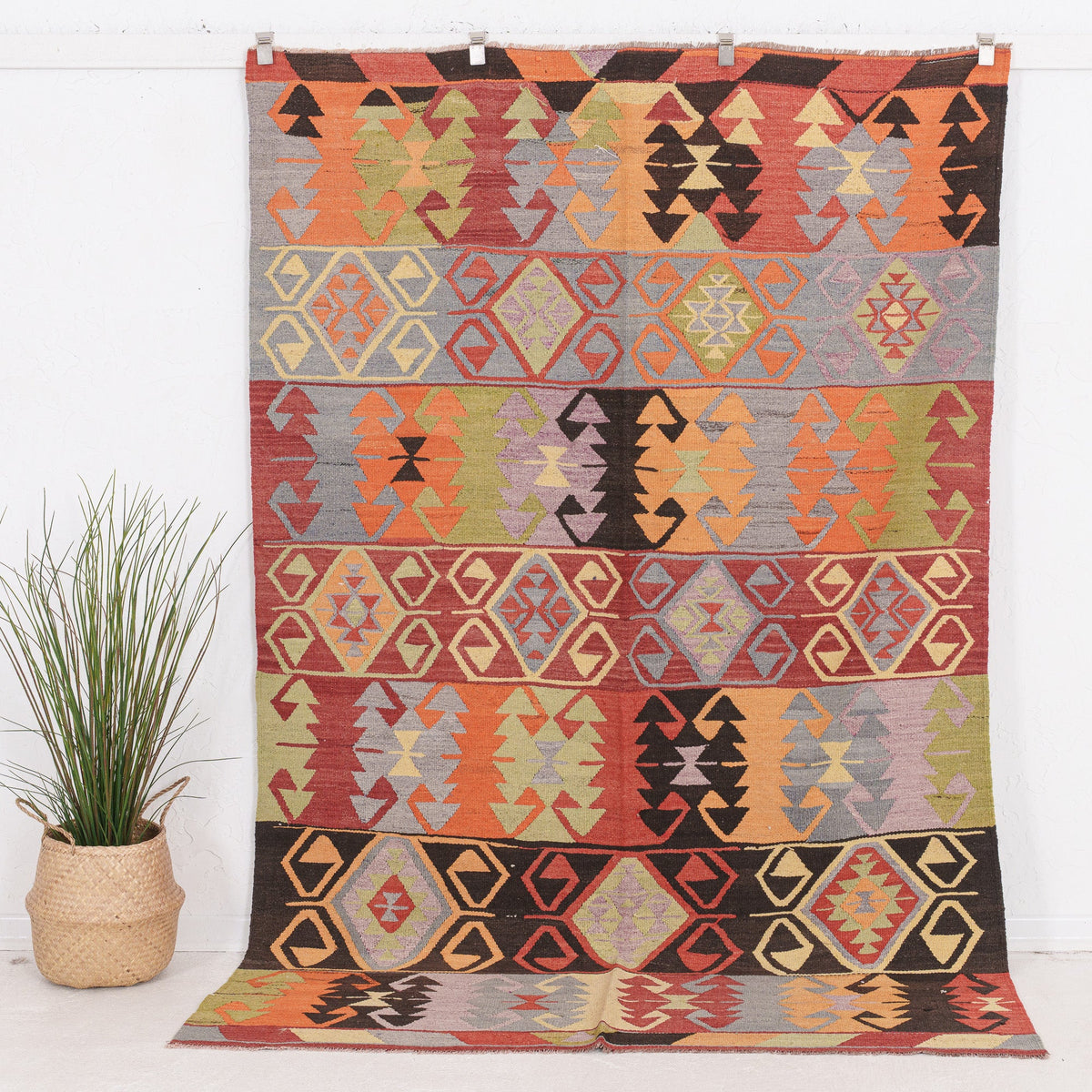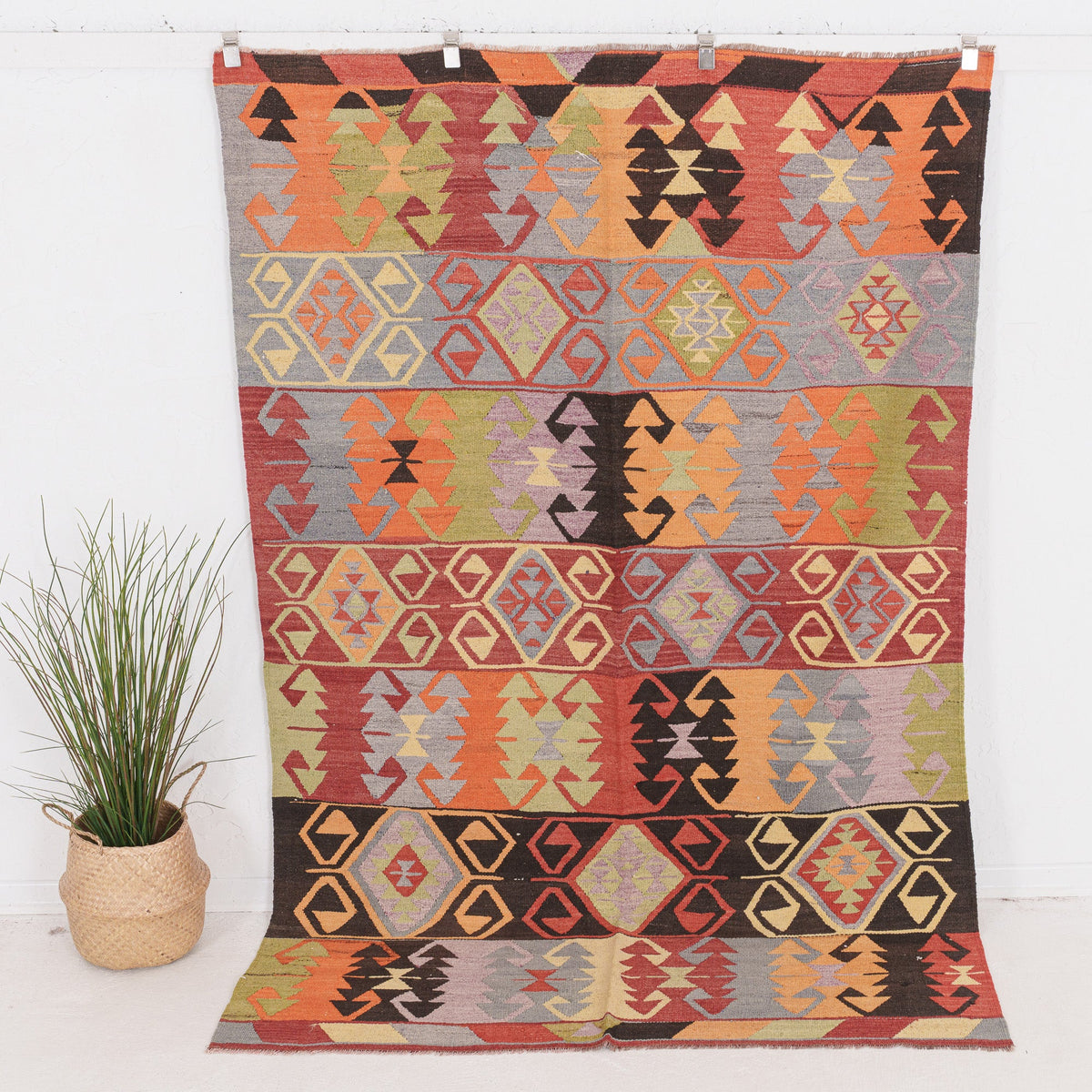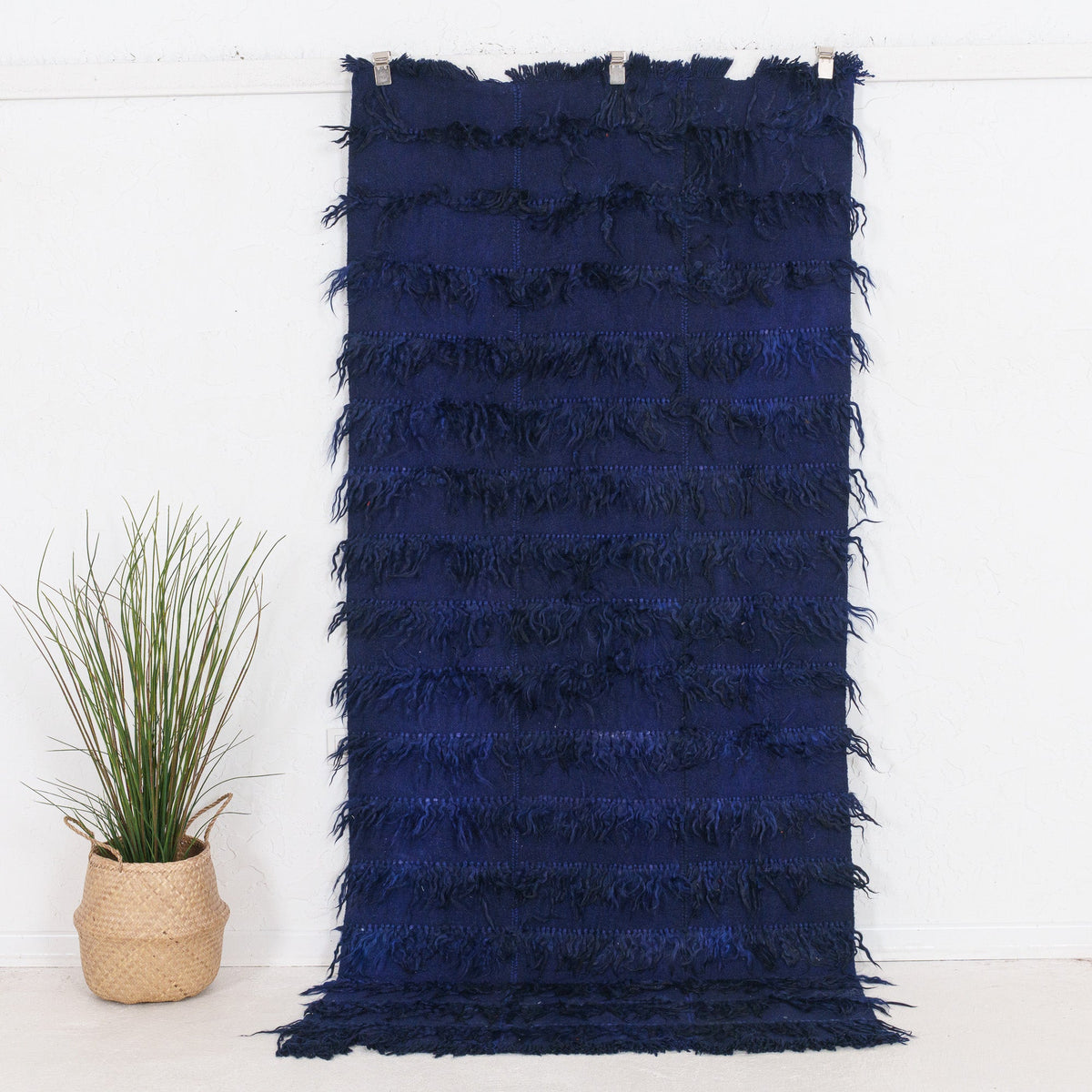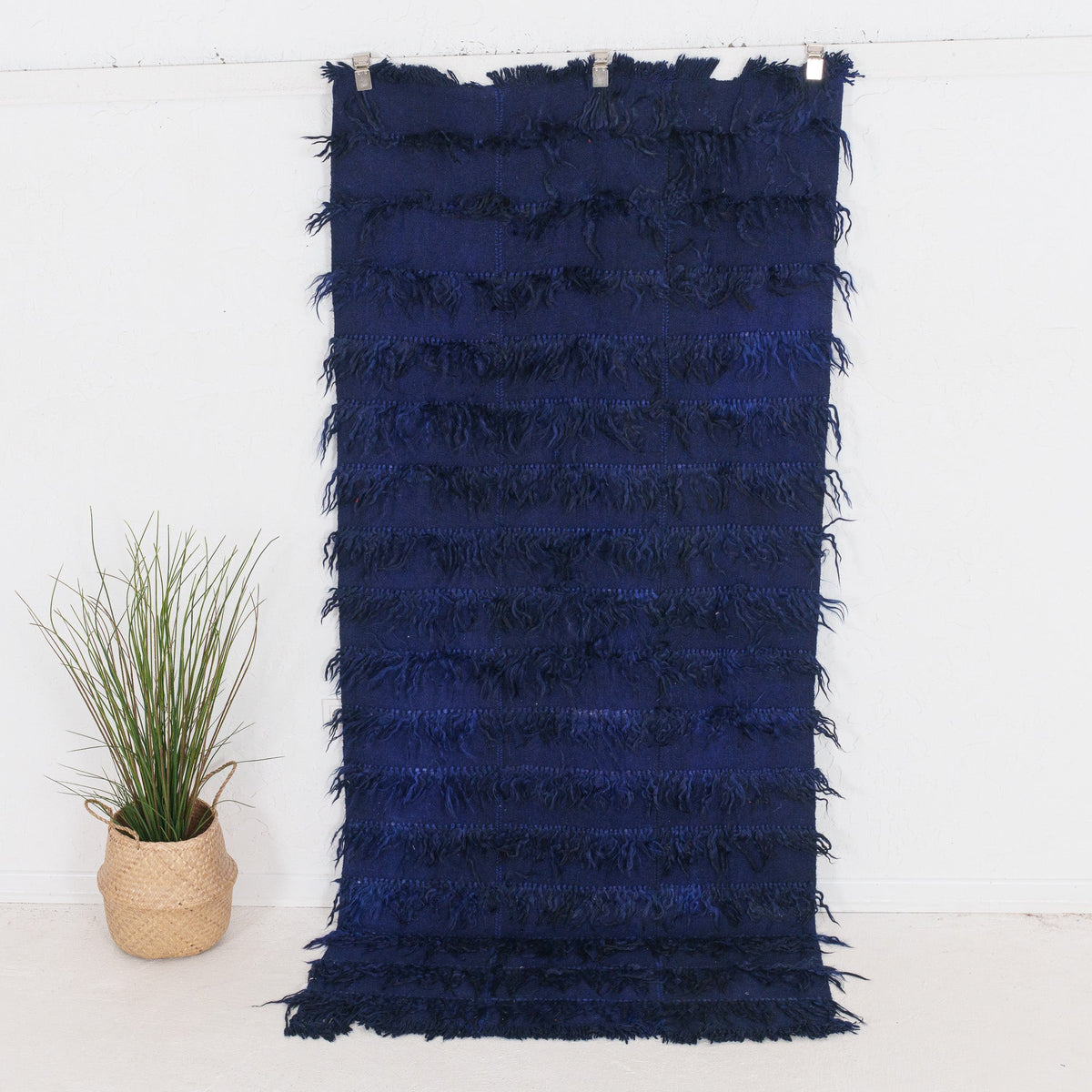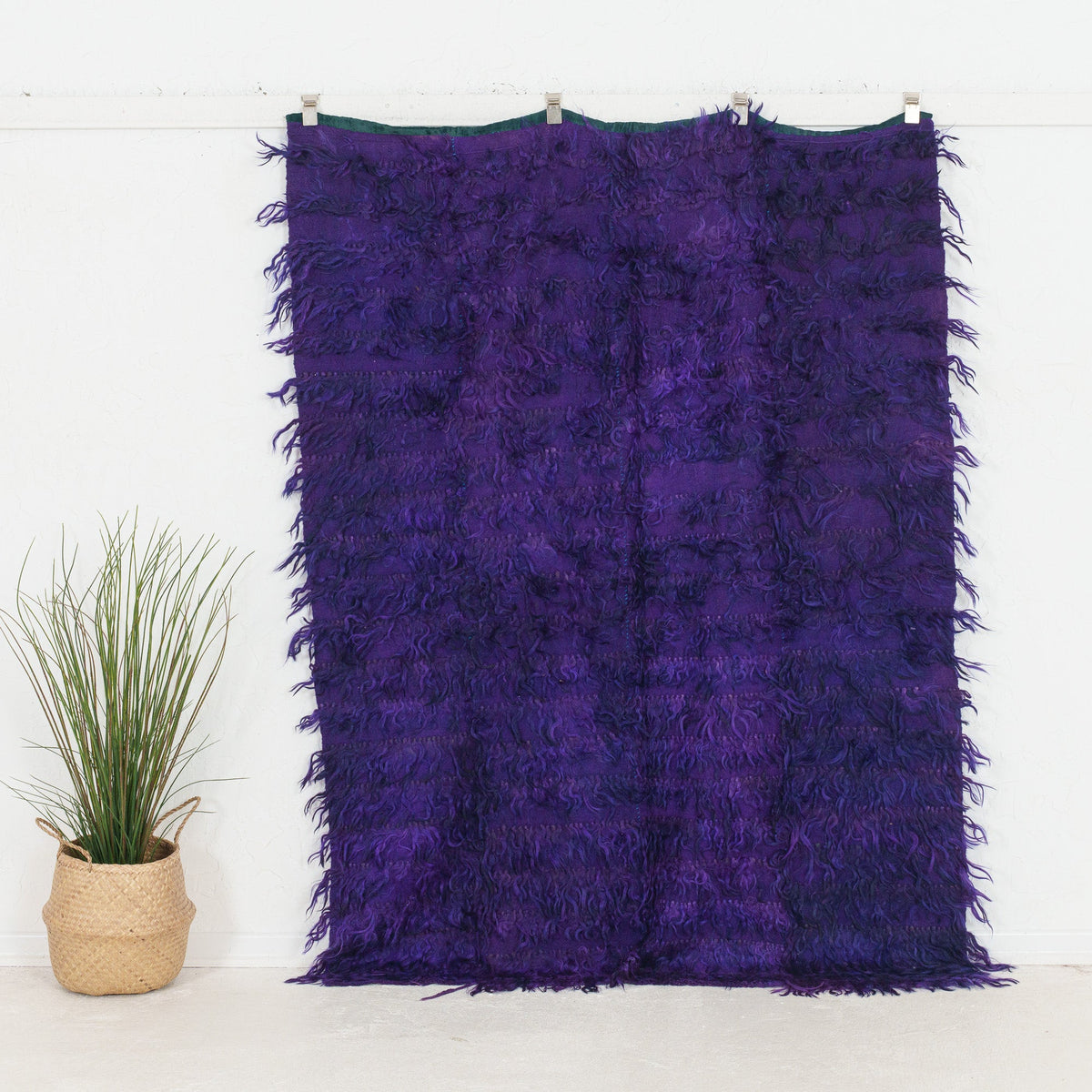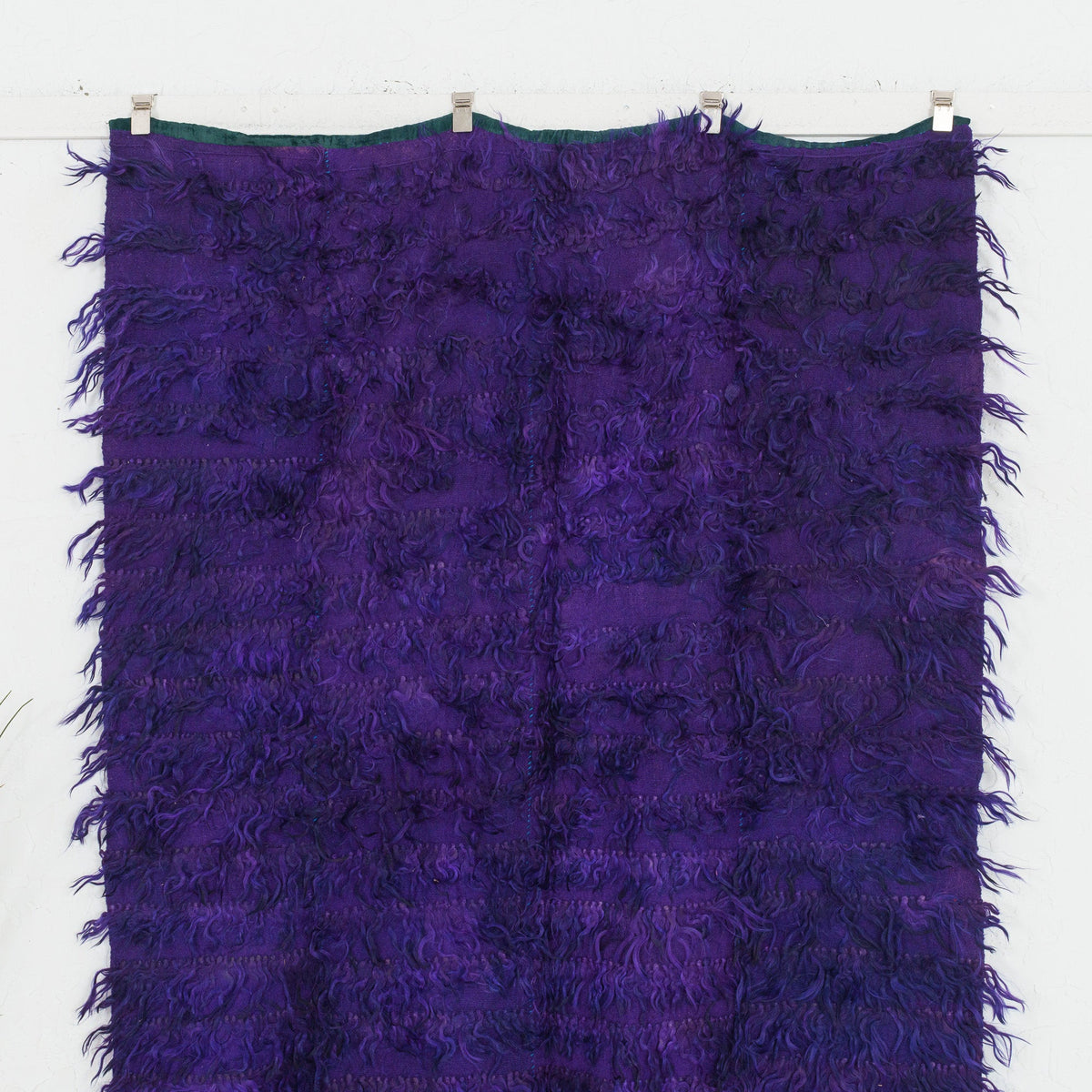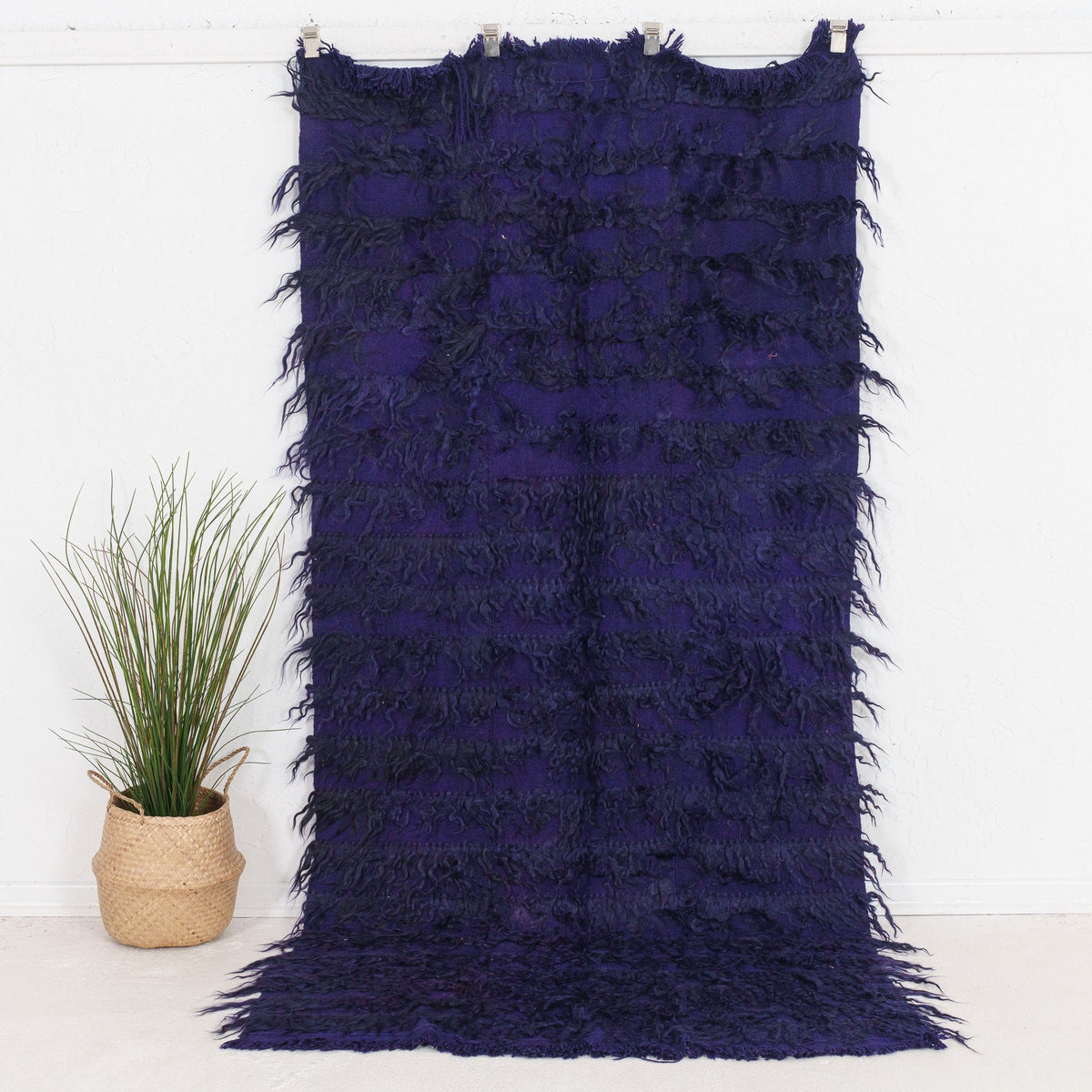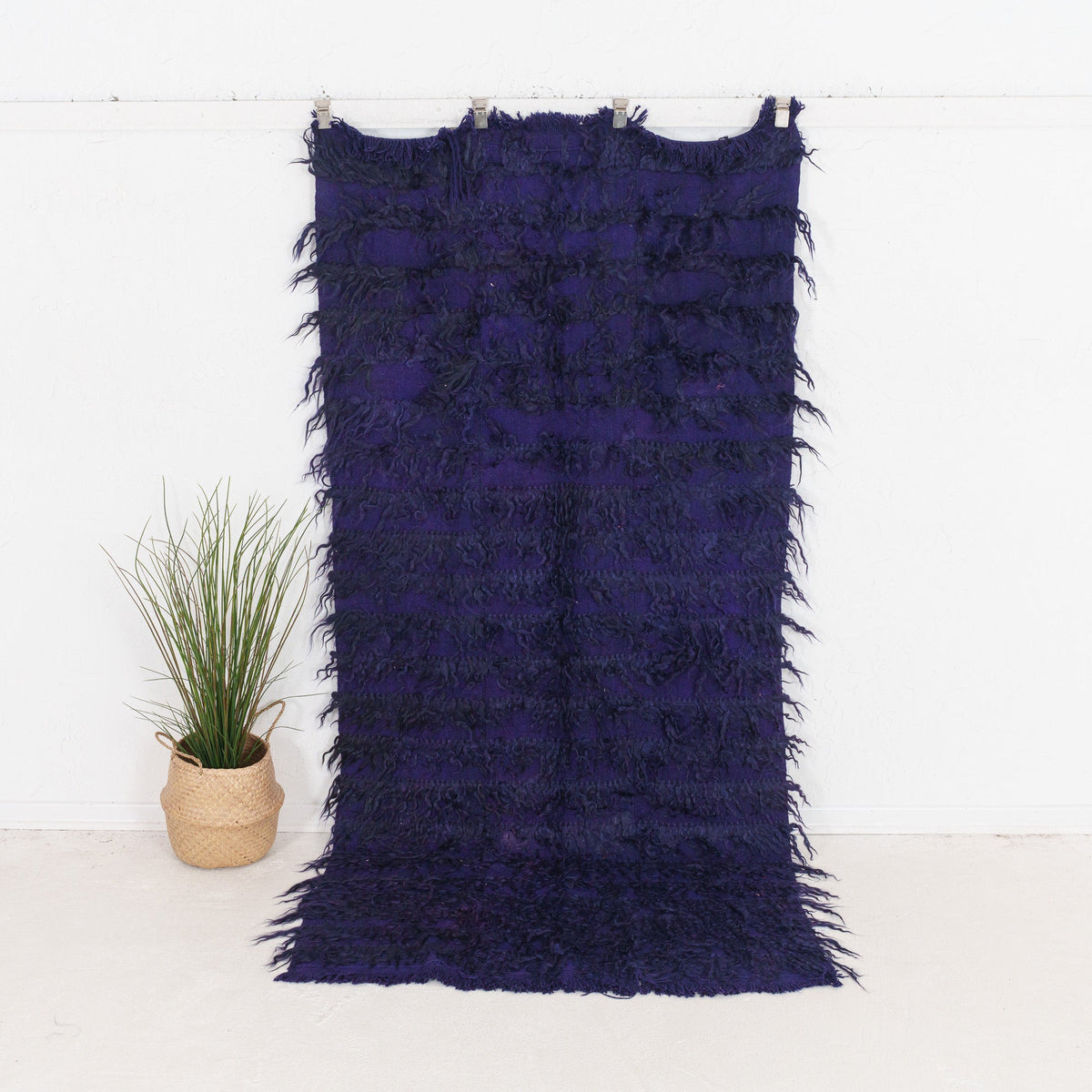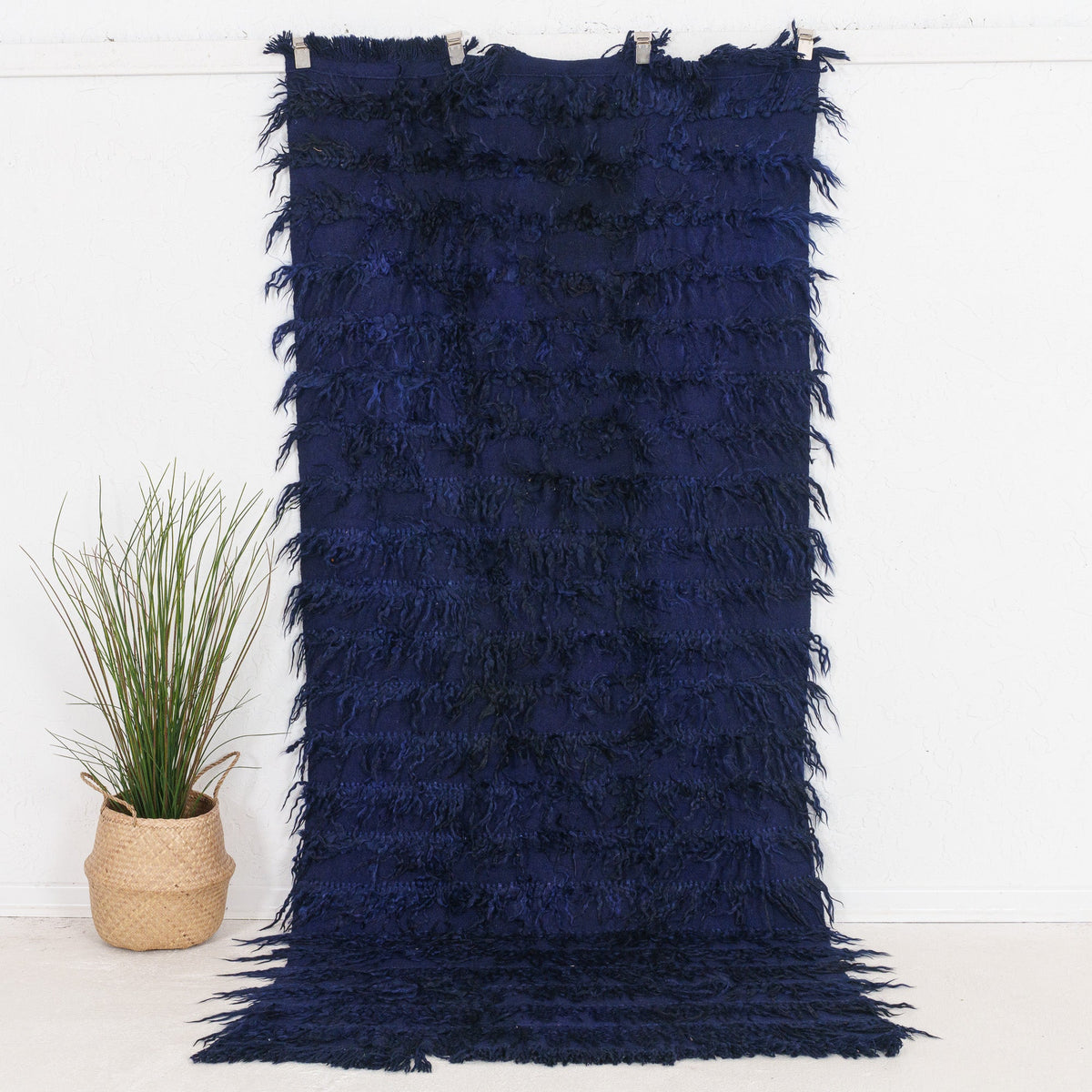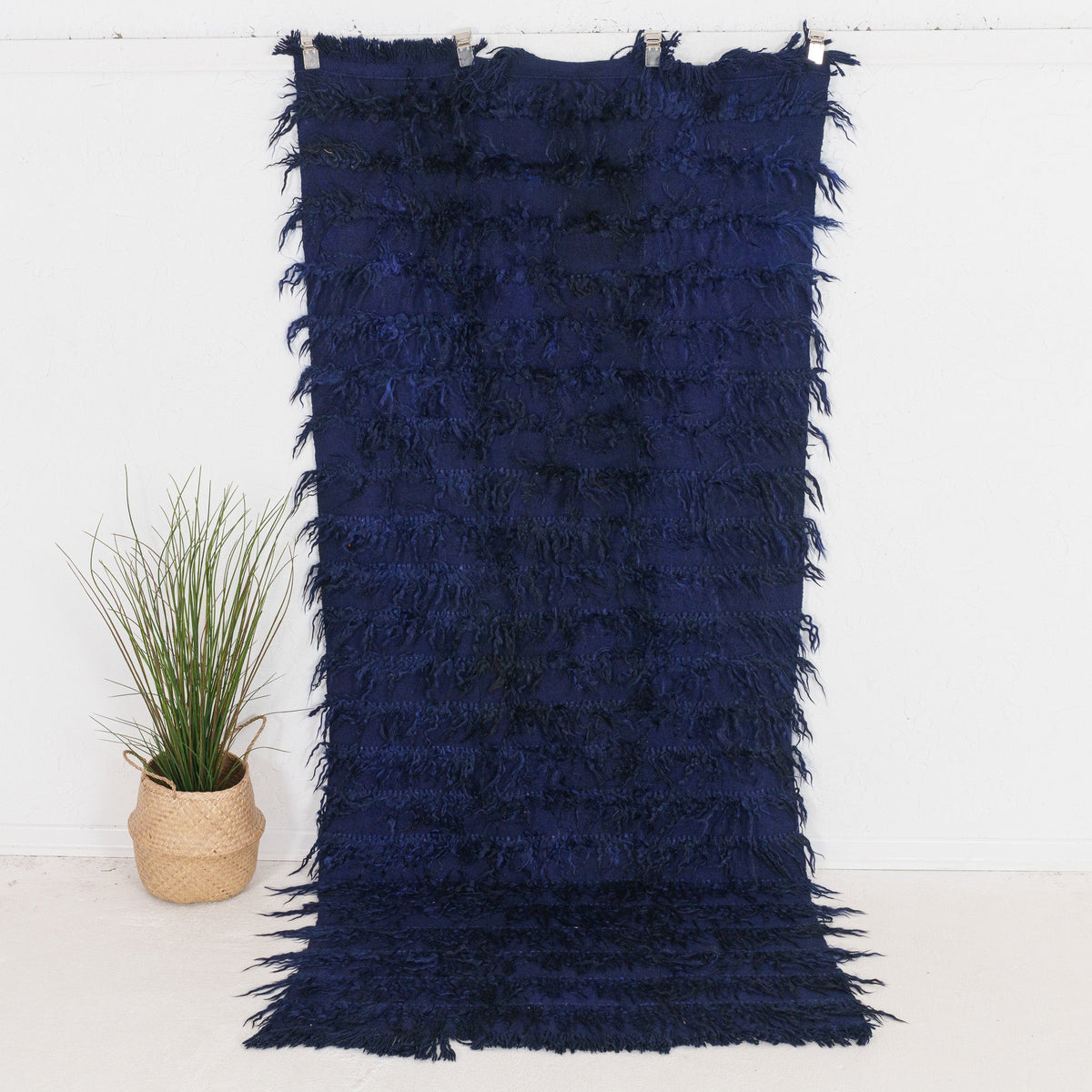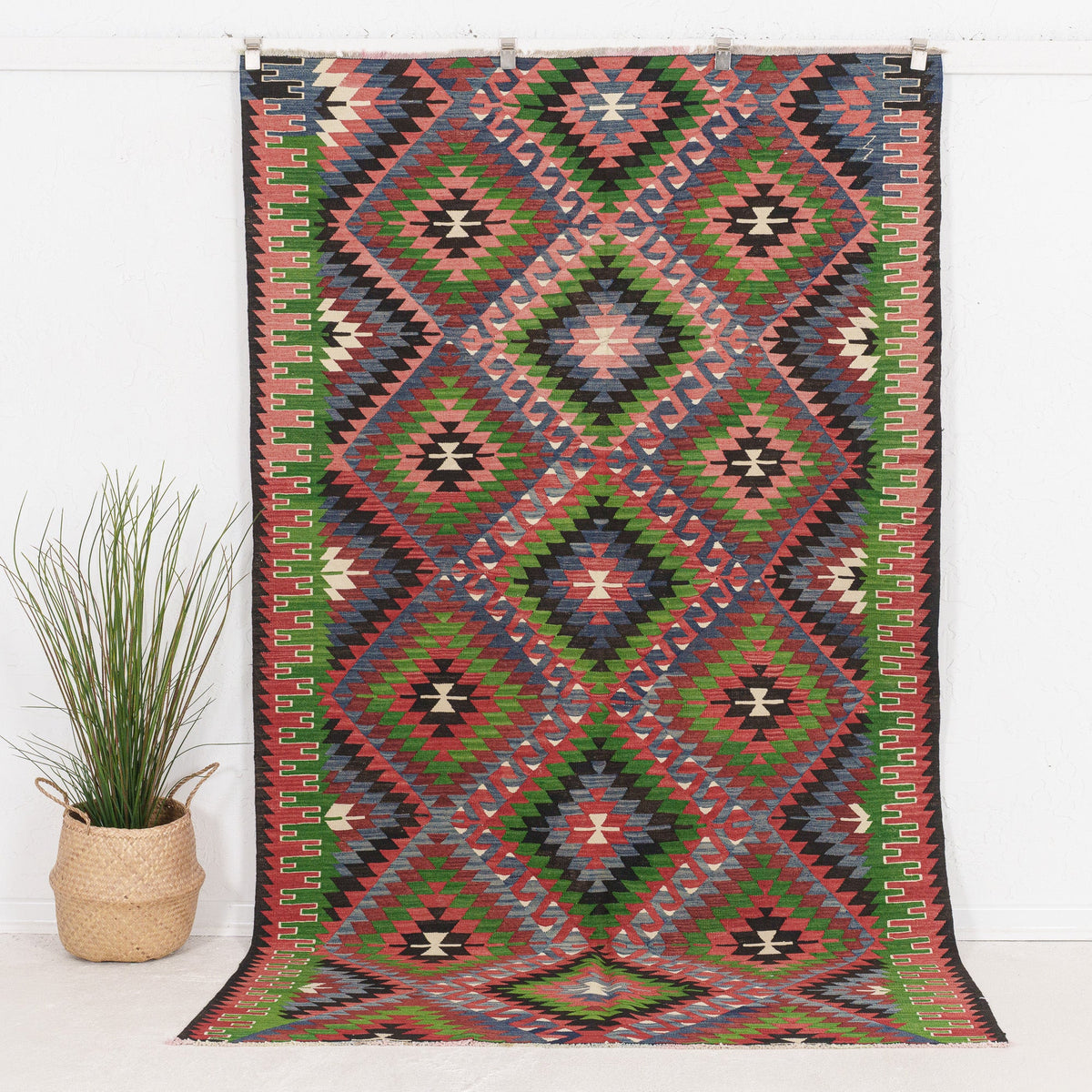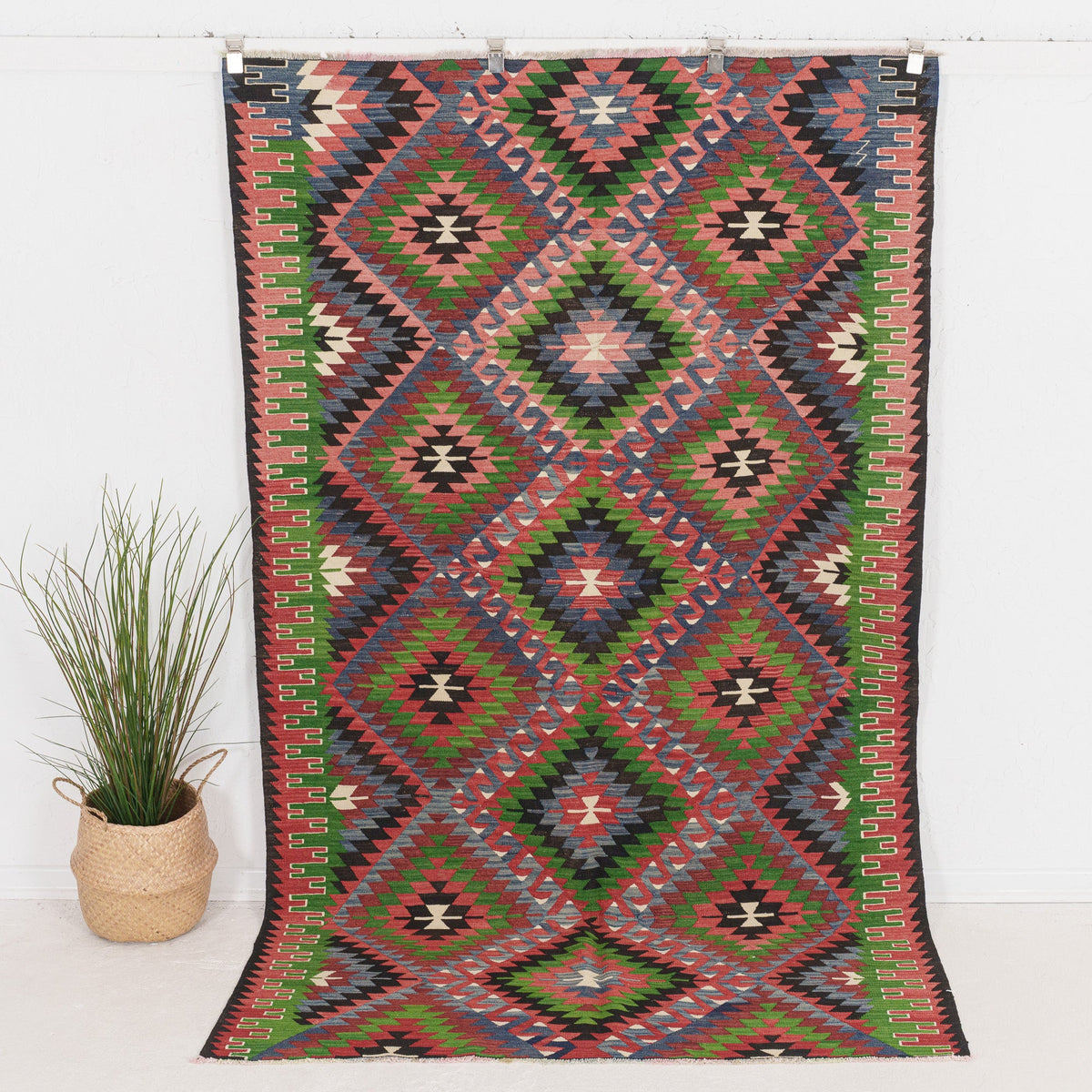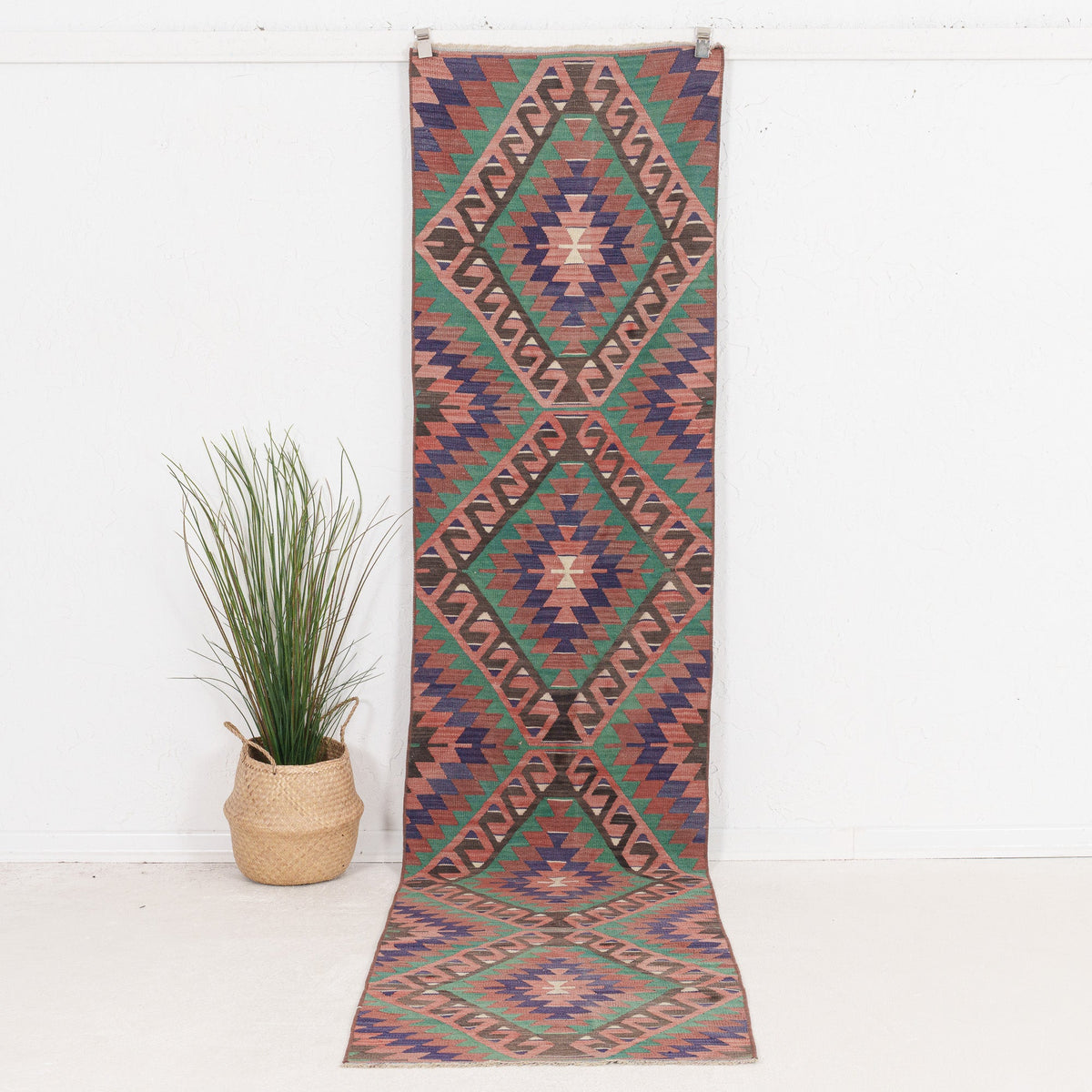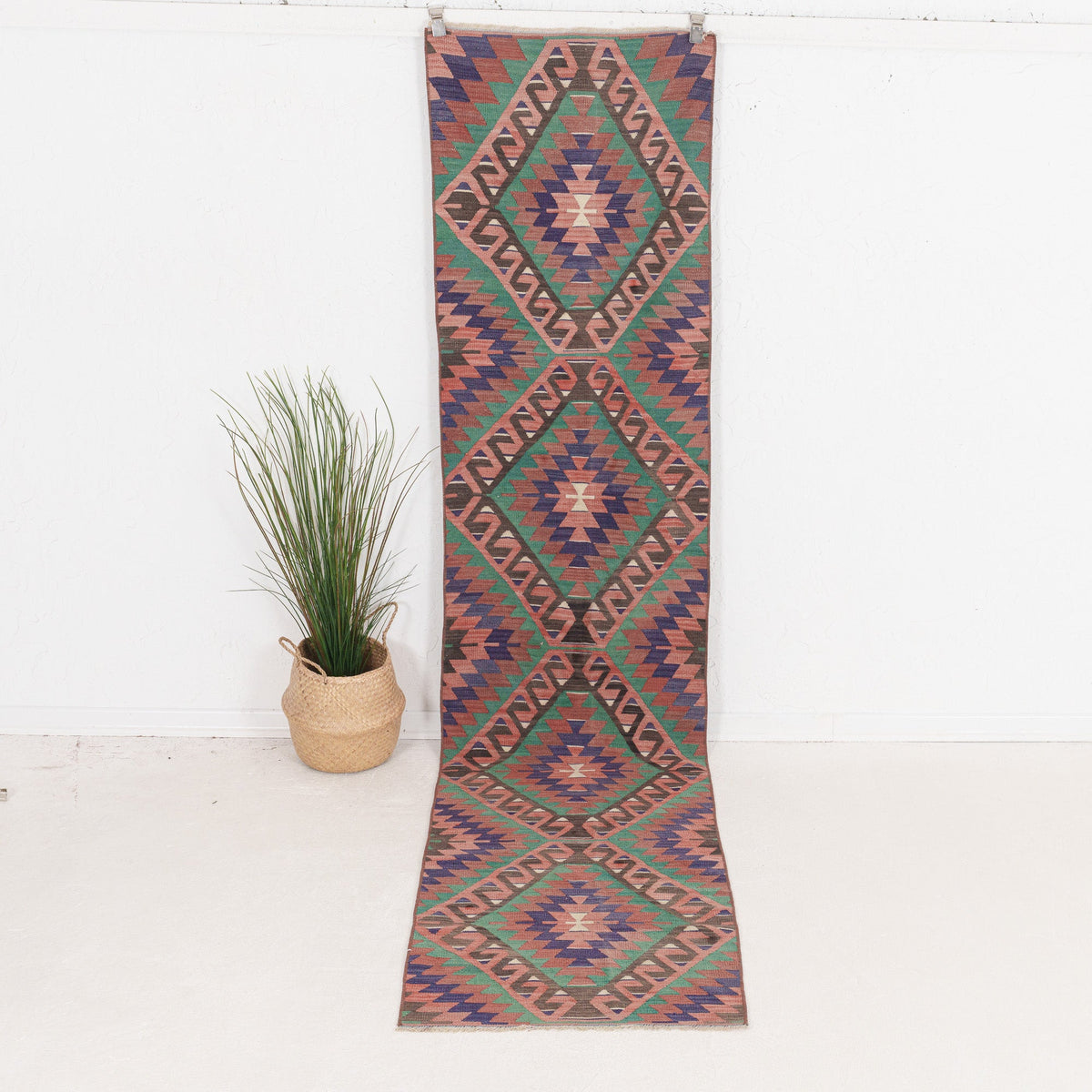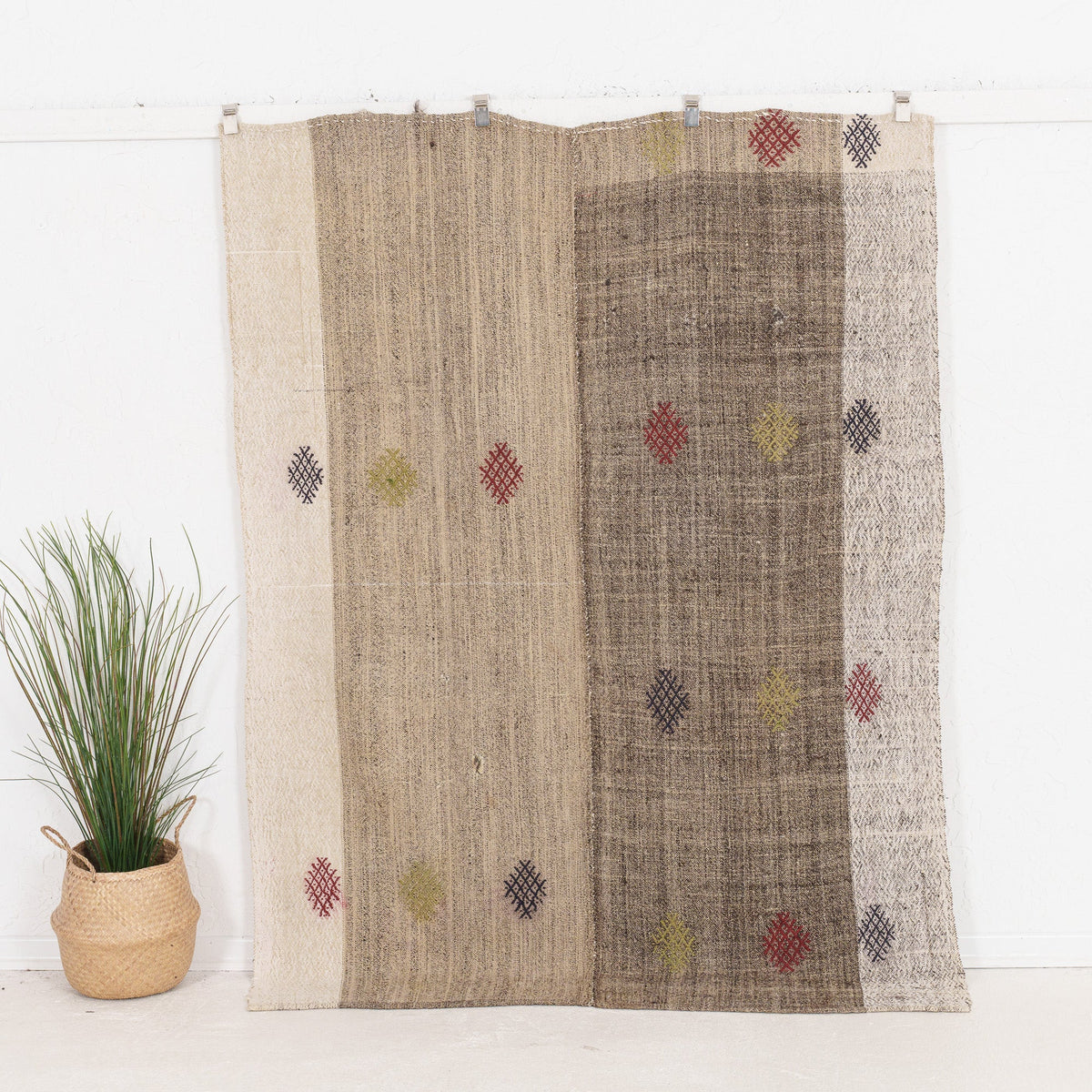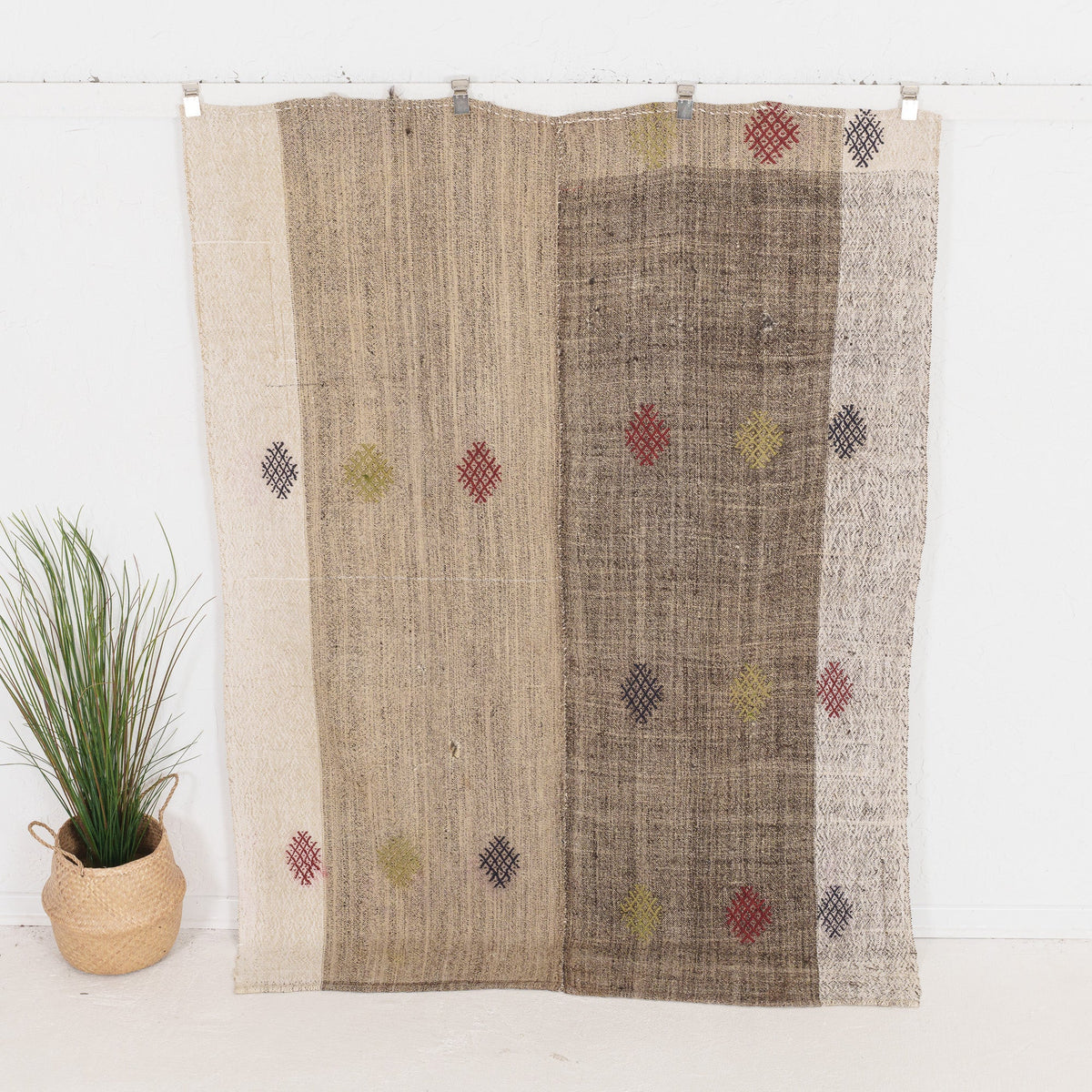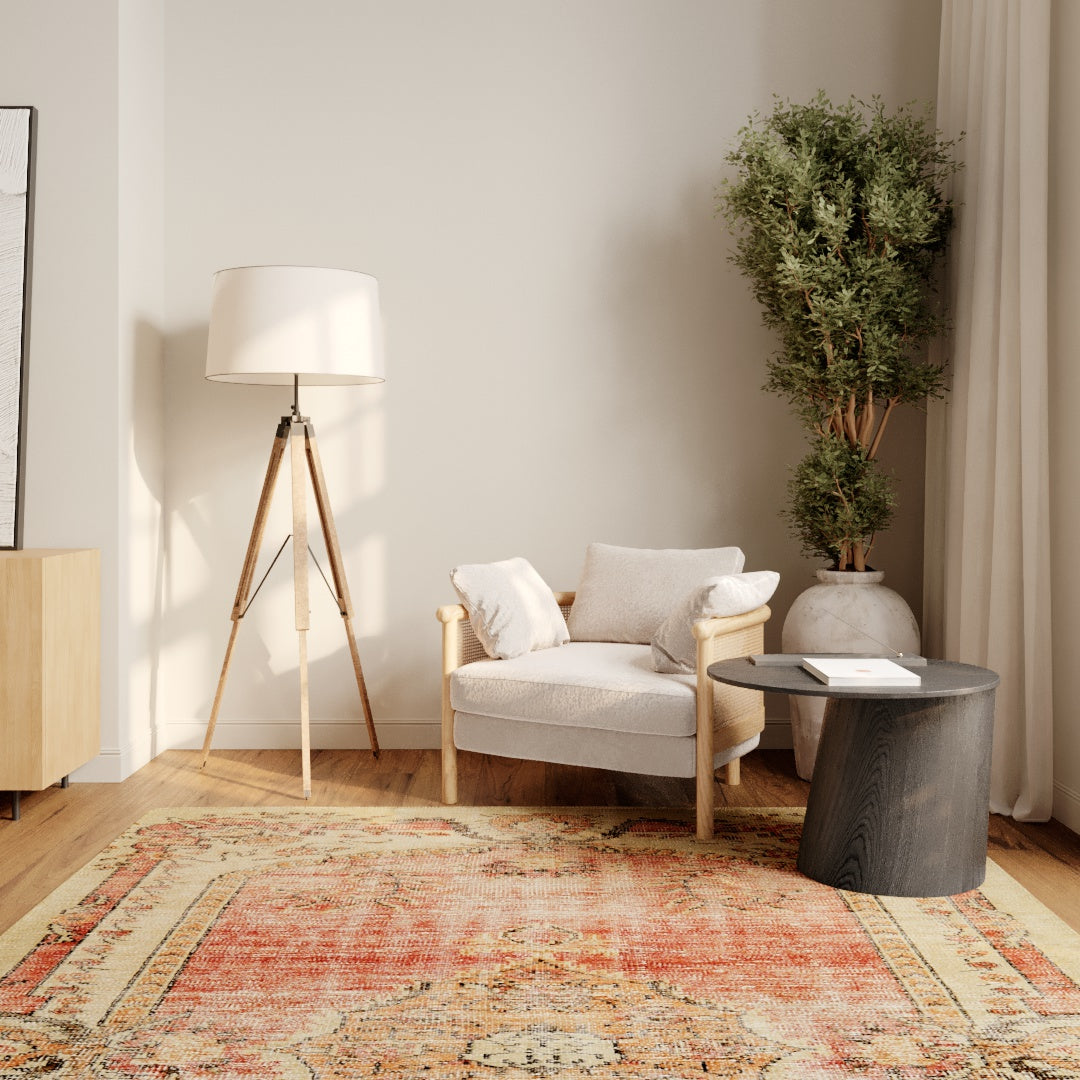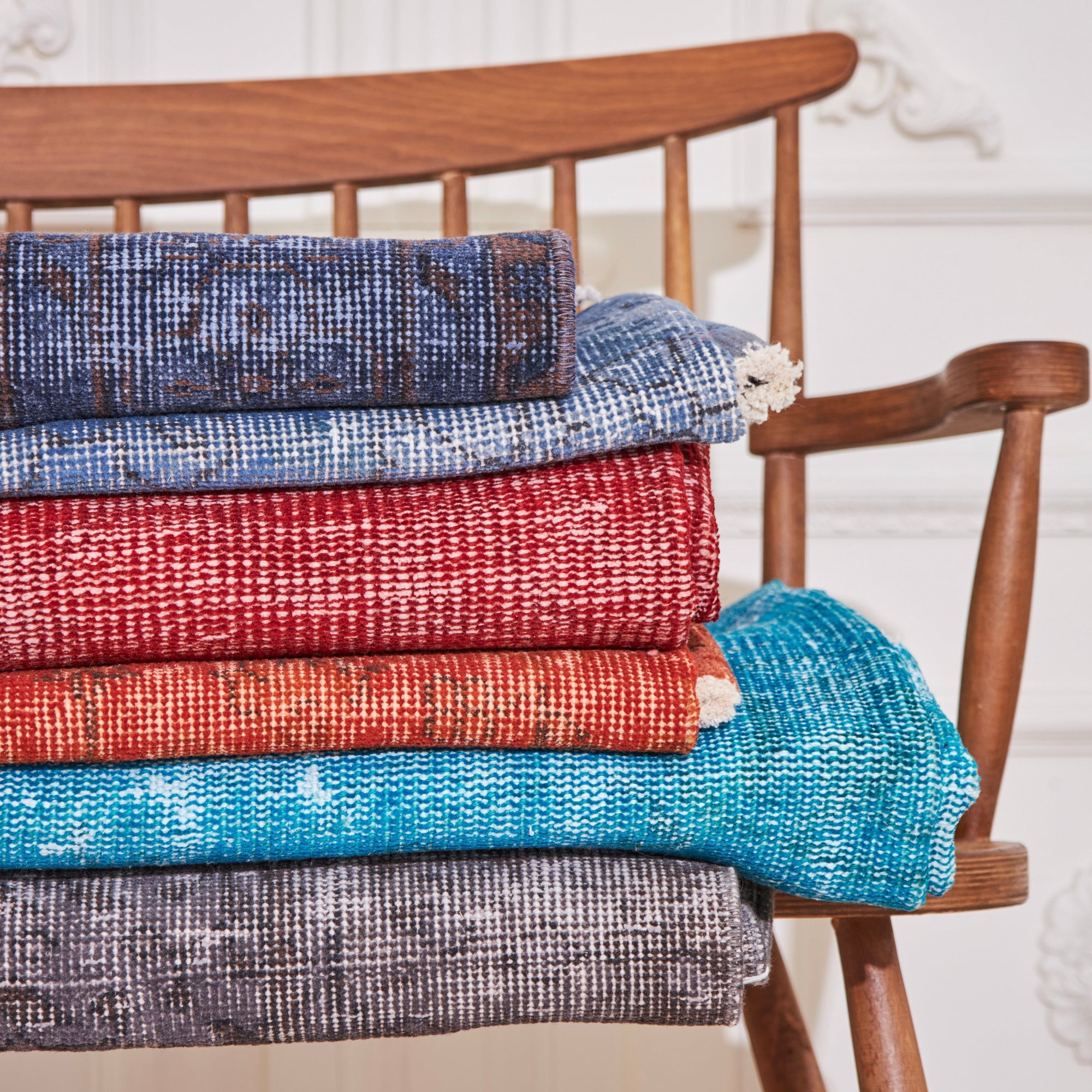When it comes to outfitting your kitchen, a rug might seem like a small addition, but it can make a world of difference. Not only do kitchen rugs add warmth and style, but they also serve functional purposes, such as absorbing spills and providing comfort underfoot.
With so many options available—from kitchen runner rugs to jute rugs for kitchens—choosing the right one can be a bit overwhelming. This article includes several important considerations to make before you purchase your kitchen rug.
Why Kitchen Rugs Matter: Beyond Looks and Comfort?
A kitchen rug is not just a decorative element—it plays a practical role in the heart of your home. Whether you’re standing at the kitchen sink, preparing a meal, or cleaning up, the rug you choose will impact your kitchen's comfort and functionality.
It’s about finding a balance between aesthetic appeal and practicality, especially given the high-traffic, spill-prone nature of a kitchen environment.
What to Consider Before You Buy a Kitchen Rug?
With so many materials, sizes, and designs available, it's important to choose a kitchen rug that meets both your functional needs and aesthetic preferences. Here are some key factors to keep in mind:

1. Material Durability
The kitchen is a busy space where spills, stains, and moisture are inevitable. That’s why material durability should be a top priority when selecting your kitchen rug. Different materials offer various benefits:
-
Jute Rugs are an eco-friendly option that offers a natural look and are great for low-traffic areas. However, they can be difficult to clean if you have frequent spills.
-
Known for their softness and luxurious feel, wool rugs are highly durable, moisture-resistant, and stain-resistant. These rugs might need more maintenance than any other synthetic option.
-
If you want something easy to clean, washable kitchen rugs are an excellent choice. These rugs can be thrown in the washing machine, making them perfect for areas where food and liquids are frequently spilled.
For heavy-duty cleaning and frequent spills, synthetic fibers such as polyester or nylon are great options as they are more resistant to stains and easier to maintain.
2. Size and Placement
When choosing your kitchen rug, size is everything. The rug should complement the layout of your kitchen while providing functionality. Consider where you plan to place the rug:
-
Kitchen Runner Rugs: These long, narrow rugs are ideal for areas with high foot traffic, like along the kitchen counter or in front of the sink. They help guard the floor while offering comfort in spaces where you stand for long periods.
-
Kitchen Sink Rug: A small, specialized rug placed in front of the sink will help absorb water splashes and prevent floor damage.
-
Kitchen Rug Sets: These sets typically include a larger rug for the floor and smaller pieces that can be placed in key areas, providing a coordinated, uniform look for your kitchen.
Take measurements of the space to ensure the rug will fit properly without crowding the room or becoming a tripping hazard.
3. Safety and Comfort
Since the kitchen is an area where you may spend a lot of time standing, comfort is crucial. Many kitchen rugs and mats feature cushioned layers that help lessen foot fatigue and provide added comfort when you’re working at the stove or sink.
Additionally, safety is an important consideration. Choose non-slip kitchen rugs that will stay in place even in high-traffic zones. A rug that slips or bunches up underfoot can create a tripping hazard, especially when your hands are full or if the floor is wet.
4. Design and Aesthetic
While function is key, the aesthetic appeal of your kitchen rugs matters too. The right rug can tie the design of your kitchen together and add personality to the space. Here are some design tips to consider:
-
If your kitchen features a neutral color scheme, a bold kitchen runner rug with geometric patterns or vibrant hues can serve as a striking focal point.
-
For a more rustic or organic feel, jute rugs for kitchens provide texture and warmth while keeping the space feeling natural.
-
If your kitchen already has a lot of pattern or color, opt for neutral-toned kitchen rugs to balance the look.
Remember that rugs can also set the mood of the space—so choose a design that complements your kitchen’s overall vibe.

5. Maintenance and Care: Long-Term Durability
Kitchens are prone to messes, so your rug should be able to stand up to frequent cleaning. Consider rugs that are machine washable or easy to wipe down. Washable kitchen rugs are an excellent option for areas prone to spills or stains. The last thing you want is a rug that requires constant care and can’t withstand regular washing.
-
Kitchen Rug Sets often include multiple pieces that can be easily washed separately, which is great for smaller rugs that see more frequent use.
-
If you’re looking for a long-term investment, wool rugs are naturally more resistant to stains and wear over time but might require more careful attention and dry cleaning.
The Perfect Kitchen Rug for Every Need
When choosing the right kitchen rug, the goal is to find a perfect balance between style, comfort, and durability. Whether you're opting for the rustic charm of jute rugs for kitchens, the softness of wool rugs, or the practicality of washable kitchen rugs, make sure the rug complements your kitchen’s needs and enhances the space. Consider factors like size, material, safety features, and ease of maintenance to ensure your kitchen rug performs well in a high-traffic, spill-prone environment.
By keeping these points in mind, you’ll be able to select a rug that not only looks great but also serves as a functional, lasting addition to your kitchen. Kuden Rugs offers a wide range of quality rugs designed to meet your kitchen’s unique needs, ensuring that your space remains stylish, comfortable, and easy to maintain for years to come.

